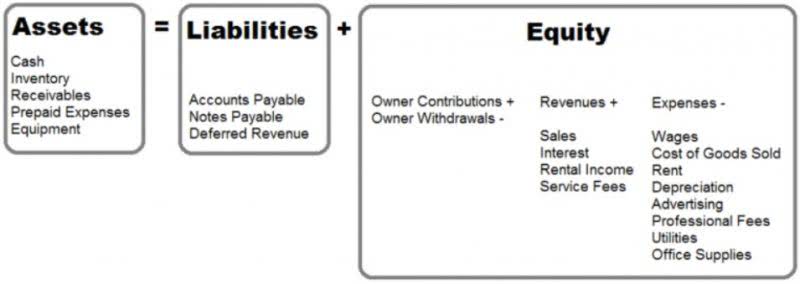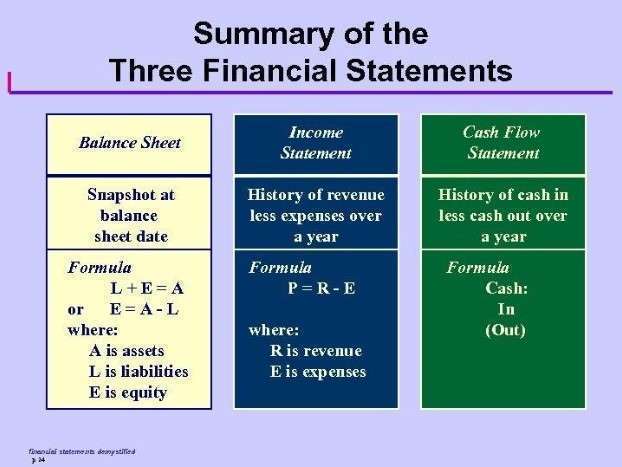
Exhibit 5-3 illustrates the functionality of segmented income statement reporting. While total company net operating income is valuable information, it does not show which segments within the organization are performing well and which https://www.bookstime.com/articles/what-is-a-performance-budget are not. As shown in Exhibit 5-3, the social media games division is profitable overall however only one of the product lines within that division is profitable.
Advantages and drawbacks of contribution margin reporting

Contribution format statements produce a contribution margin, which is the result of subtracting variable costs from revenue. Variable costs are less than COGS, which also may include fixed and variable costs, so a business’s contribution margin is usually higher than its gross margin. You may download a Contribution Format Income Statement template through the link below. Keep a copy of the document in your records since it is not typically disclosed to potential business partners or investors. Contribution margin is the amount of sales left over to contribute to fixed cost and profit.
- Since unit sales and units of production are easily traceable to a division, sales revenue and variable expenses are generally easy to allocate to a specific segment.
- A contribution margin income statement presents present its data in a way that makes it easier to understand the effects of increases or decreases in the level of activity.
- Therefore, this income statement will be based off the sale of 8,000 units.
- They also allow a business to conduct a break-even analysis to determine the point at which they become profitable, in whole or by a business segment or product line.
The Difference Between the Contribution Approach and Traditional Approach
Both methods lead to the same operating income, though they arrive via a different route. Every dollar of revenue generated goes into Contribution Margin or Variable Costs. What’s left in the contribution margin covers Fixed Costs and remains in the Net Profit / Loss. These features and benefits will set your company apart from the competition. That is why managing profits and losses goes beyond crunching numbers or settling accounts. online bookkeeping With such information, the business can plan on what to do with such expenses.
Organizational segments within segments LO5
In essence, if there are no sales, a contribution margin income statement will have a zero contribution margin, with fixed costs clustered beneath the contribution margin line item. As sales increase, the contribution margin will increase in conjunction with sales, while fixed expenses remain (approximately) the same. Fixed expenses will increase if there is a step cost situation, where a block of expenses must be incurred to meet the requirements of an increase in activity levels. For example, sales may increase so much that an additional production facility must be opened, which will call for the incurrence of additional fixed costs. Traditional statements calculate gross profit margin, which is determined by subtracting the cost of goods sold (COGS) from revenue.
Vertical Analysis in the Balance Sheet
- Managers at ABC Cabinets would conclude from segment analysis that the fixtures segment is more profitable because it has a higher contribution margin.
- Every dollar of revenue generated goes into Contribution Margin or Variable Costs.
- This is why a contribution margin statement is much more suitable for break-even analysis than a traditional income statement.
- At first glance, you might say that it’s product A due to its high sales price of $200/unit which is significantly higher than product B’s $40/unit ($200 – $160).
- This approach is usually reserved for smaller organizations that have few line items in their income statements.
They also allow a business to conduct a break-even analysis to determine the point at which they become profitable, in whole or by a business segment or product line. Subtracting the total fixed cost of $12,000 from the contribution margin well result in a net income of $12,000. As can be seen from the formula above, computing the break-even point involves the contribution margin, which is something that a contribution margin income statement provides. As such, if a business wants to decrease costs to increase profits, it would usually look into the variable costs that it can reduce. That’s why a publicly owned business will still have to prepare a traditional income statement. Basically, if the level of activity is zero, variable costs will also be zero.
Normal Income vs. Variable Costing Income Statement

As with any financial tool, contribution margin income statement the key to success lies in proper implementation and regular analysis. By highlighting which products or services contribute most to covering fixed costs, managers can make more informed decisions about where to allocate resources, from marketing budgets to production capacity. Some common examples of variable costs are raw materials, packaging, and the labor cost of making the product. In this example, the Contribution Margin ($45,000) is the amount available to cover the fixed costs and to contribute to the net income.
An additional benefit of using contribution statements may be using two different approaches to calculate a company’s operating income. By double-checking accounts to individual entries, controllers and auditors ensure all records and calculations are mathematically correct. This is a decision at scale and of substantial consequences where cost control is directly related to production, which is directly related to entries in income statements, although not stated in contribution statements. Remember the format and ignore the traditional (absorption) income statement. Most students that have trouble with this statement try to relate it back to what is happening on the traditional income statement.
The variable costing income statement is one where all variable expenses are subtracted from revenue, which results in contribution margin. From this, all fixed expenses are subtracted to arrive at the net profit or loss for the period. It is useful to determine the proportion of expenses that varies directly with revenues. Breakeven can be computed for the whole organization or for individual segments within the organization. Or, an organization or segment breaks even when its sales revenue covers total costs–both variable and fixed. The formulas to compute breakeven in sales dollars for the whole organization as well as breakeven in sales dollars for segments within the organization are provided below.

Recent Comments